The Top Ten Accessories Every Guitarist or Bassist MUST HAVE
Every musician needs some core accessories to get the most out of his or her instrument. Here's my list for guitarists and bassists. I’m doing this article with the support of the folks at The Arts Music Store, so most of the links will lead you to their website.
I’m working on a video on core pedals for guitar players, so there will be a tiny bit of overlap with that but I’m staying away from pedals in this article as they will be addressed in a separate article/video.
1. Tuner
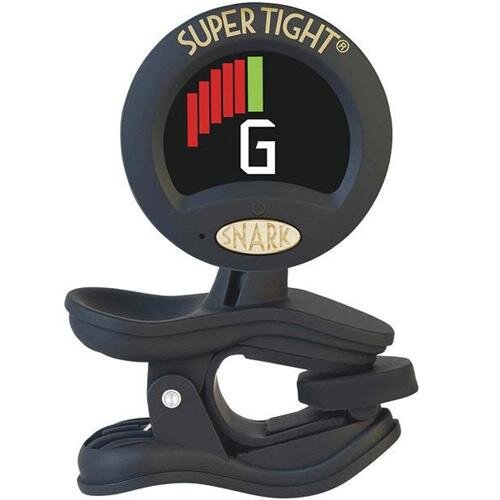
I have met a couple of folks with “perfect pitch” but most people are like me, which means imperfect pitch. Rather than going with a pitch pipe or tuning fork or something else from the past, every stringed instrument player will benefit from a digital tuner that clips to the instrument headstock. There are lots out there. Make your life easy and just buy a Snark. I own a number of different clip-ons including excellent units from TC Electronics and Peterson. What makes the Snark brilliant is that there is zero learning curve and that the unit is just so darned inexpensive. Never play out of tune, or let someone play out of tune. Under $25
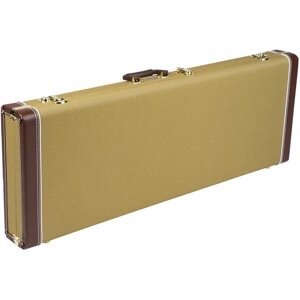

Many instruments come with cases or gig bags, but as makers look to reduce the MSRP, many are not including either. Sometimes the included gig bag is worth exactly what you paid for it ($0). A cardboard box is no place to keep an instrument, and transporting one in a box is both inconvenient and seriously uncool. Hard cases provide more protection but are more awkward for transport. Gig bags are more easily transported and good ones can be carried or used like a backpack. Nothing like a gig bag to take your instrument to your lessons or to jam with friends. Both options will give you place to store accessories, like your tuner, a spare set of strings, your guitar strap, your neck adjustment tool and a string winder. Between $60 and $180 for third party offerings.
3. A Strap
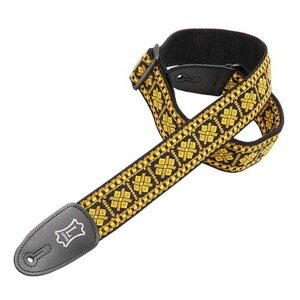
I cannot tell you what kind of strap to buy, but I can tell you that before you buy any strap you rub its edge along the side of your neck. If it irritates you, it’s a bad strap. I also recommend against straps that require disassembly to adjust for length. For many of us we regularly play with the strap length for different reasons, and having to remove it from the guitar and thread pieces through other pieces to adjust length constitutes a legitimate pain in the tuckus. There are many makers, including logged straps from the guitar makers, straps in leather, cotton, poly, vegan leather (aka vinyl). The strap look and material is a very personal choice of course, but any comfortable and well made strap is better than no strap. If the guitar in question does not have strap pins, have the guitar tech install them. Between $10 (yuck) and $150 (yikes).
4. Strap Retainers
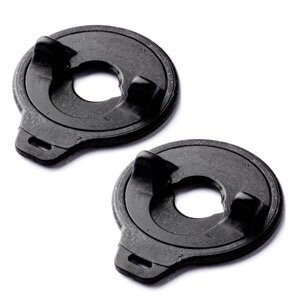
For decades, every guitar I bought left the shop with a set of Schaller or Ernie Ball strap locks. These were replacement fittings for the factory strap pins that used a mechanical locking system. They work great but I recently discovered an excellent and inexpensive alternative. For about $6, you can get a pair of these Dunlop strap retainers that are easy to put on AND easy to remove.
5. Guitar / Bass Stand
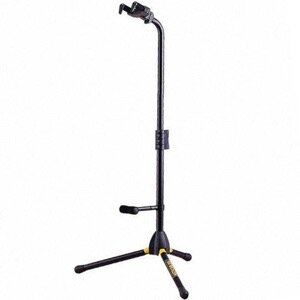
When you walk into a proper music shop, you see instruments on stands or hanging on hooks on the wall. You’ll probably find that the hooks and stands used in pro shops are from Hercules. This is because they are built to last, and have some mechanism to prevent the instrument from being easily knocked loose. They will also be height adjustable to suit longer scale length basses or shorter necked parlour guitars. When a guitar is not being played, or not in its case, it should be on a stand, not lying on the bed or the couch. This Hercules GS412B works for most any guitar or bass and is about $55. Hercules does double and triple guitar stands as well as racks for stage use, and wall hooks if you keep your guitars on the wall. I have used Hercules products for decades and have NEVER had one fail. This is a case of buy your last stand first. You’ll save money and have no regrets that will come with a cheap stand.
6. Case Humidifier

Welcome to Canada, where we have long cold winters which means warm air heating and rarely enough humidity to protect your instrument. This is easily solved by the use of an in case humidifier. Acoustic guitars absolutely need always-on humidification, but electrics do as well, although they can be more tolerant. If you do not want neck warpage, or cracking or lifting of finishes, use a humidifier. This OASIS OH-6 Humidifier just goes in the case. All you have to do is remember to reload it as needed. Setting a recurring reminder on your smartphone will do that job. I will also use soundhole humidifiers on my guitars when out of their cases. I personally like the Grover model myself, although there are plenty of alternatives. About $23 for either one. Put a humidifier in every guitar case.
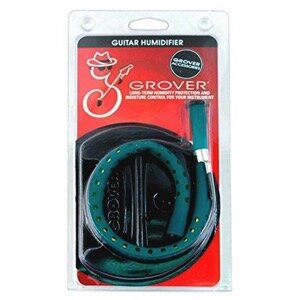
7. Picks
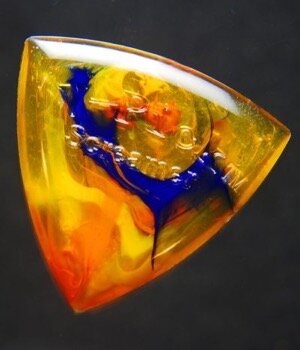
Want to start a fight in a guitar shop? Make a strong statement about one particular pick being better for every player all the time. Then step out of the way. Pick selection is extremely personal and each player will have definite preferences. For the new player, an assortment pack might be the right way to go so he or she can try different thicknesses and shapes. The more advanced player probably has already picked a preferred pick, so more of that pick can be a good idea. I’m not saying that my choice of picks is best for everyone, because it’s not, but i will always recommend picks from my friends Vinni and Nancy Smith of V-Picks.com. Their picks are not cheap, disposable or even available in all but the occasional music shop, but I have sworn by them since I bought my first one in Nashville about fifteen years ago. The one pictured is called The Screamer in their new Woodstock scheme. It is 1 3/16” in size and is 2.75mm thick. Not for everyone, but perfect for me.
8. Guitar Cleaning Supplies
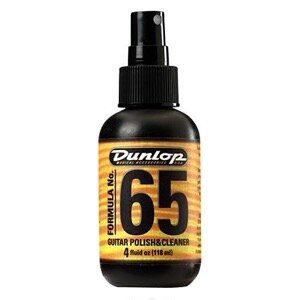
There are dozens of guitar polishes in the market. I’ve used Jim Dunlop Formula 65 on every guitar that I own with great results. It does not cake up, it does not produce smear patterns and has no microparticles that will cause scratches. Buy the bigger bottle. Taylor does a spray cleaner specifically for matte finish guitars. I’ve personally never used it, because I do not like nor own matte finish anything. I use automobile grade microfibre clothes for application and removal. You can buy individual cloths for a lot of money, or a big package of them for quite a bit less. My daughter is an accomplished automotive detailer and swears by these from Chemical Guys. I confess to having liberated a few for my use.
9. String Cleaner
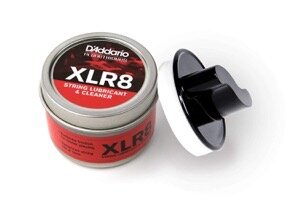
I tend to use the Jim Dunlop String Cleaner at home but when taking an instrument out somewhere to play, I make sure that I have one of these in the case along with one of the aforementioned microfibre cloths just for use on the strings. I wipe down the strings before playing, give them a quick swipe with XLR8 and wipe them dry. Once I am done playing, I follow the same process. It’s quite amazing the amount of guck that accumulates. Clean strings last longer. It’s simple. About $7 in store, could not find it on the web site.
10. Capo
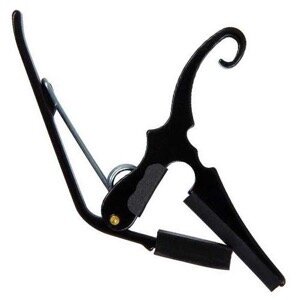
While used more by acoustic players than electric players, a Capo is invaluable to move everything quickly to a different key, particularly helpful when working with a vocalist. The Kyser capos come in a variety of colours and finishes, and that’s a personal choice. If you will be playing a 12 string, get the 12 string capo.
That’s it for this article. My Top Ten Must Haves, which I suppose is actually eleven when you consider the microfibre cloths. Thanks for reading and until next time, play on!

